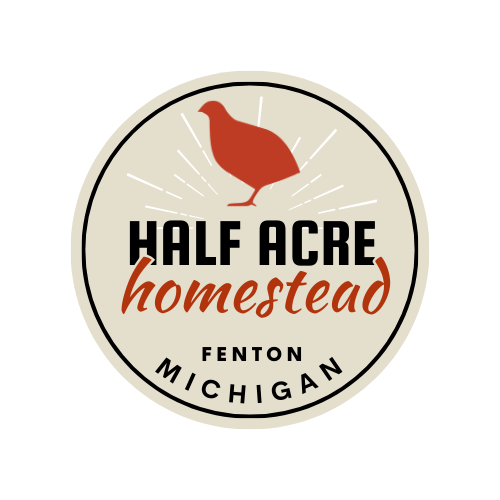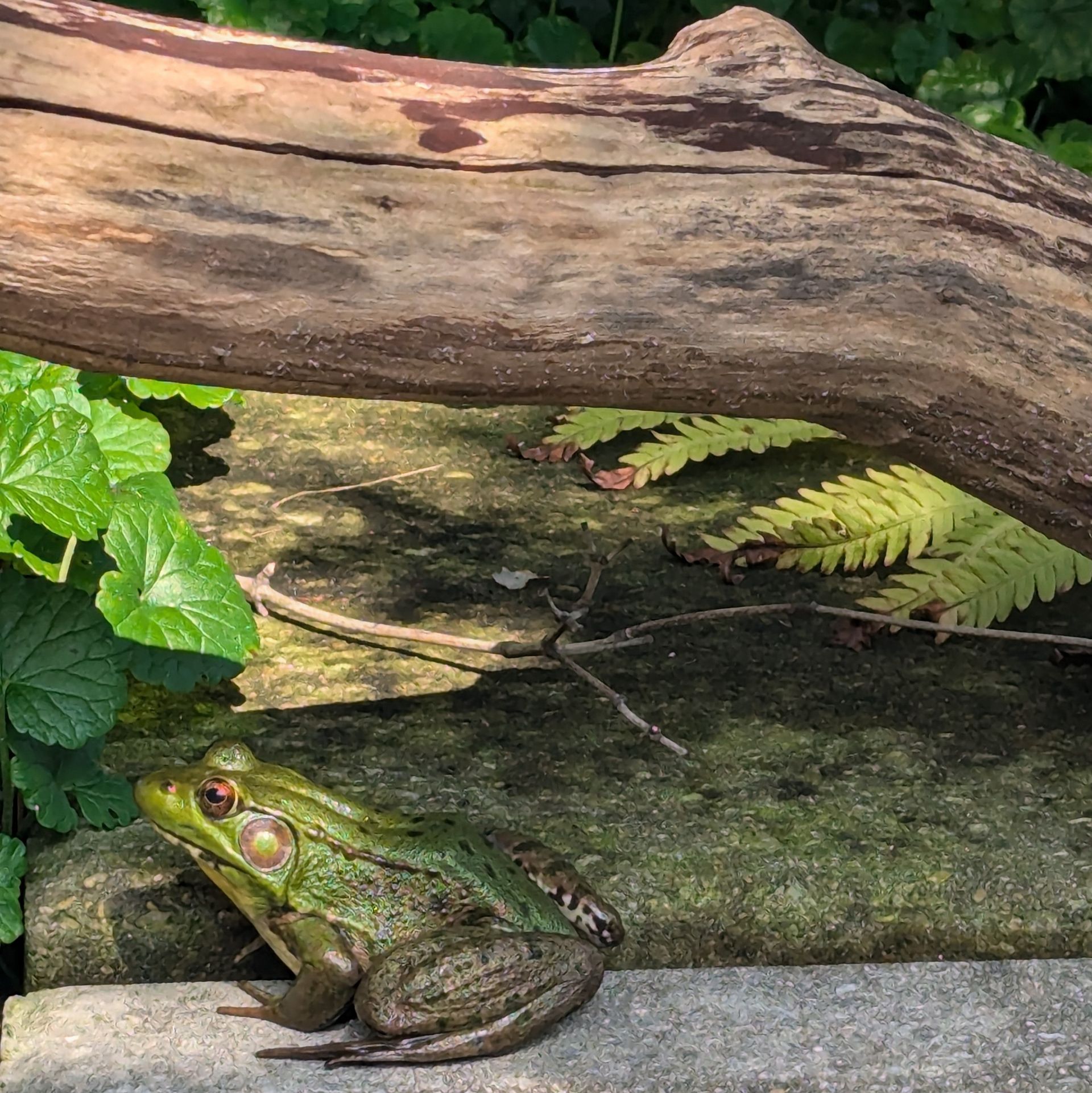Deer Mouse
Raising Deer Mice: An Unexpected Quarantine Tale
Back in 2020, right at the beginning of COVID lockdowns, my oldest daughter made a surprising discovery: a tiny nest of baby mice—in the glovebox of her car.
Now, I’ll admit it—I'm a softie when it comes to animals, especially babies. So when my kids asked if we could take care of them, I said yes. How hard could it be to raise four baby mice? After all, they had a little fur and mice mature quickly… right?
Well, thank goodness we were all stuck at home, because the next few weeks were a blur of round-the-clock feedings and very little sleep. Turns out, newborn mice need to be fed every two hours, and at that age, they’re so small and delicate that the only way we could feed them was by dipping a tiny artist’s paintbrush into warm puppy formula and letting them lap it up drop by drop.
I begged my daughter to please get a live trap and catch the mother who was presumably still in the car. We desperately needed her to nurse her babies so we could get some sleep! Unfortunately she was found having met an untiley death in the melted remnants of a milkshake.
We kept up the feeding regimen. Despite our efforts, two of the babies didn’t survive, but the other two did, and we ended up raising them into adulthood...and beyond.
What We Learned About Deer Mice
The little mice we rescued were deer mice, not the common house mice most people are familiar with. Deer mice (Peromyscus maniculatus) are native to North America and are easily identified by their big dark eyes, white underbellies, and bicolored tails. Unlike house mice, which are gray all over, deer mice look a bit like miniature squirrels or chipmunks.
They’re known for their agility and ability to climb and balance on branches, making them especially squirrel-like in their behavior. While they can find their way into homes or sheds—especially during cold weather—they’re generally more at home in woodpiles, barns, and brushy areas. In my experience, they’re far less of a nuisance indoors than house mice.
Our two survivors grew into clean, shy, and surprisingly friendly little creatures. We kept them in a large enclosure with natural branches and a running wheel, and over time they adapted well to our presence. They weren’t exactly cuddly, but they were sweet in their own way—and endlessly fascinating to watch.
And here's the kicker—they both lived to be over five years old, which is incredibly long-lived for a deer mouse. In the wild, most don’t make it past a year or two due to predators and harsh conditions. In captivity, with a little care and consistency, they can thrive.
Would I Do It Again?
Even with the sleep deprivation and learning curve, raising those baby deer mice turned out to be one of the most memorable experiences of the early pandemic for our family. It taught my kids (and myself) not to take on responsibilities before fully understanding the consequences. It gave us a connection to nature during a time of isolation, and gave those little creatures a chance they wouldn’t have had otherwise.
Would I do it again? Probably not but I don't regret the experience.


